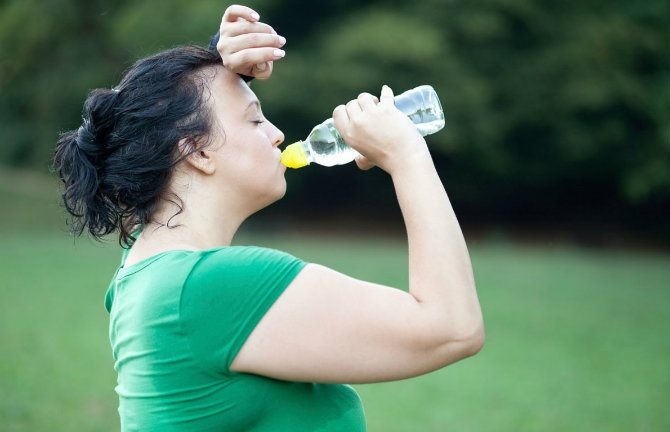4 Tips For Fighting Belly Fat
Superficial (subcutaneous) fat is located just under the skin, and this is not the type of fat that you should fret too much about. The fat we justifiably should be concerned about is the surplus deeper fat (visceral fat) — fat that surrounds organs such as your liver, heart, lungs, and bowels — as this can reduce lifespan. "An excess of visceral fat may lead to hypertension, obesity, coronary artery disease, type 2 diabetes, and even place you at risk for colon or breast cancer, says Dr. Robert Glatter, attending physician in the Department of Emergency Medicine at Lenox Hill Hospital in New York City.
So, what can you do practically to help tame that stubborn belly fat? Glatter has four top tips:
1. Diet: A diet rich in lean proteins, soluble fiber, omega-3 fatty acids, and monounsaturated fats is integral to reducing central abdominal fat. Research indicates that persons taking in at least 10 grams of soluble fiber daily — without any other modifications in diet — accumulate less visceral fat in the long run. This could involve eating 1-2 apples a day or having half a cup of black beans or a cup of broccoli or green peas daily.
2. Exercise: Visceral fat is reduced by aerobic exercise. It's important to have 30 minutes of moderately paced aerobic exercise five days a week. Brisk walking is ideal, as long as your heart rate is elevated and you are sweating. If you are exercising but not sweating, you need to pick up the pace so that you sweat.
3. Sleep: Getting an adequate amount of sleep is important to staying trim and reducing visceral fat. Getting at least six to seven hours per night is one way to reduce risk for accumulation of visceral fat. Getting less than five hours per night places you at higher risk for deposition of visceral fat.
4. Reducing stress: Learning to control stress may help reduce central abdominal obesity. The release of stress hormones and cortisol can lead to deposition of central abdominal fat. Learning to meditate, or practicing other techniques to reduce stress, is integral to reducing this dangerous fat.
